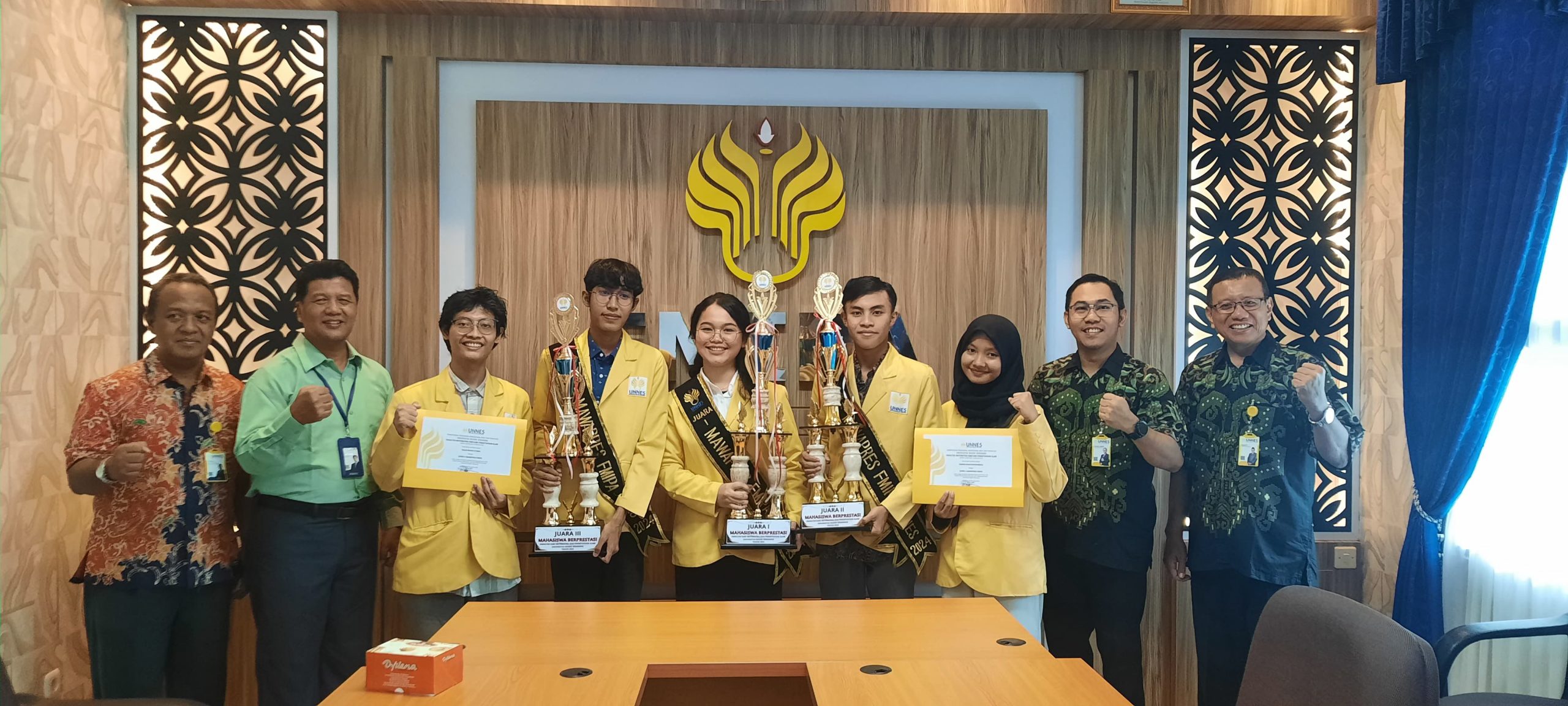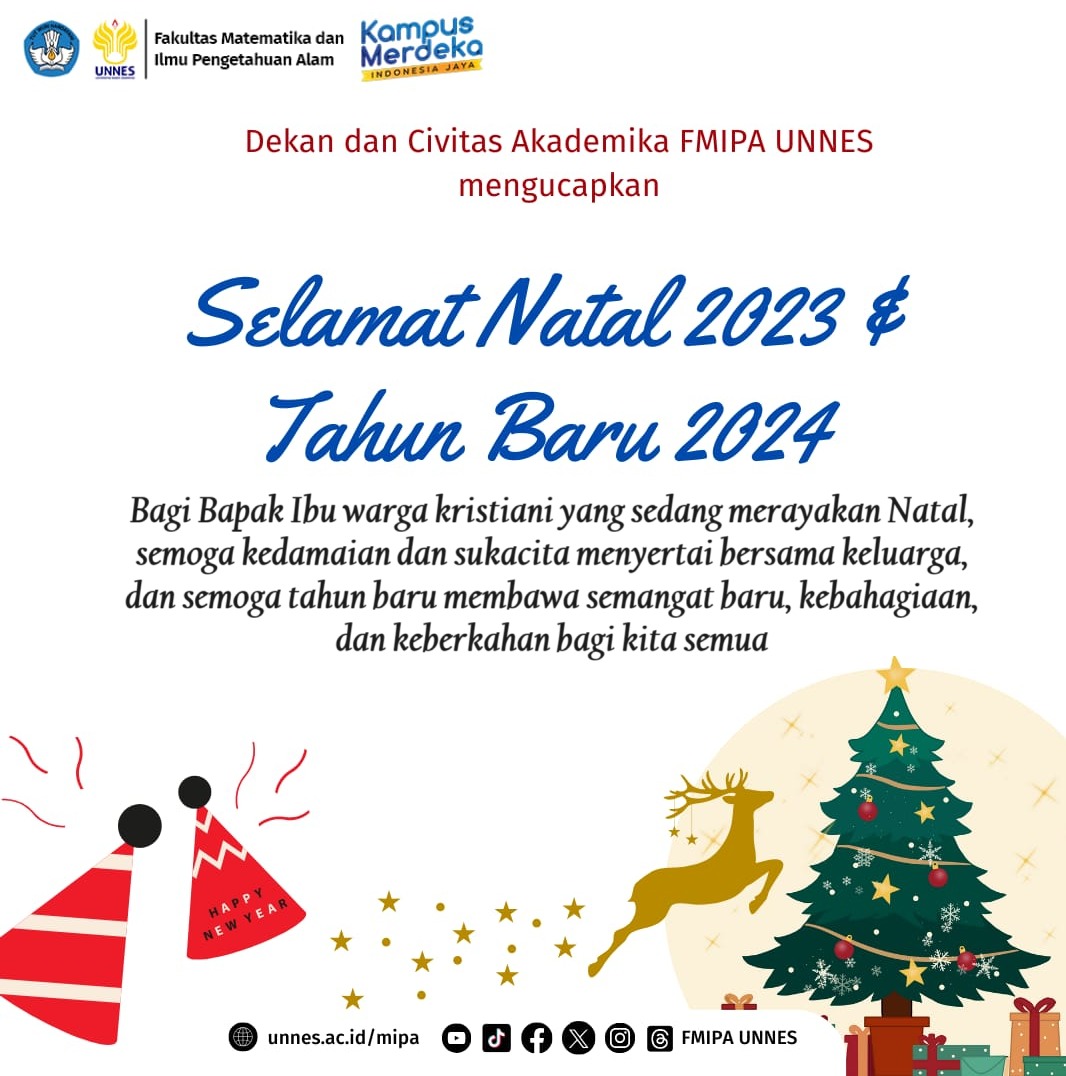
Detalia Noriza Munahefi, S.Pd., M.Pd., is a young lecturer in the Department of Mathematics, Faculty of Mathematics and Natural Sciences, UNNES, teaching courses such as Linear Programming, Ethnomathematics, and Geometry for Mathematics Education. Currently, she is also active in the field of student affairs as an Academic Advisor for Student Research in the Department of Mathematics. Email address: [email protected].
Education is an important field in determining the quality of a nation. Creative thinking is one of the higher-order thinking skills that should be part of the school curriculum. Creative thinking abilities are not only found in specific fields such as art and science but also in mathematics. Mathematics, as one of the subjects taught in schools, is expected to develop logical, analytical, systematic, critical, and creative thinking skills. Shriki (2010) states that creative mathematical thinking at the school level does not expect exceptional creative work but can offer new insights into mathematically relevant problems for students.
Creativity-based learning strategies in mathematics education have been widely established. Even the National Council of Teachers of Mathematics (NCTM) and the National Science Foundation collaborate to produce curricula for developing creative mathematical thinking abilities. Based on its development, the problems faced in mathematics education are becoming more complex over time and are directing towards the goals of education in the era of technological advancements, which require students to be creative. Therefore, learning activities that foster mathematical understanding and creative thinking skills are necessary to solve mathematical problems. In school instruction, there are rarely activities that require divergent thinking or creative thinking, which means students are not stimulated to think, act, and behave creatively. Therefore, in the learning process, methods are needed to encourage students to understand problems, improve students’ creative thinking skills in developing problem-solving plans, actively involve students in discovering their own problem solutions, and promote student-centered learning with the teacher acting as a facilitator.
Project-based learning (PBL) is one of the learning models that can foster creativity (Culclasure et al., 2019). Projects serve as a medium in project-based learning to achieve attitudinal, knowledge, and skill competencies. PBL emphasizes student activities to produce products. Through this model, students practice project planning, execute activities according to the plan, present and report on the products of their project implementation. The tangible products produced through PBL are presented by students, thus promoting their active participation, independence, responsibility, and self-confidence. Additionally, the process of developing products in PBL provides direct experiences and demands learning that goes beyond mere knowledge acquisition.
Projects are complex and challenging tasks that involve students in activities such as designing, problem-solving, decision-making, and investigation within a specific period of time to produce a product. The project outcomes can take the form of goods or services in the form of designs, schemes, written works, art, technology/crafts, and so on. The products created in problem-based learning become more meaningful when they are related to something that students frequently encounter in their daily lives. Culture represents one of the widely recognized habits within a particular society. PBL, by producing culturally-oriented products, will undoubtedly motivate and engage students. Ethnomathematics is an approach that implements culture in mathematics education. Through this approach, students can understand mathematics and not perceive it as difficult because they are studying what is considered abstract. Batik can be used as an alternative implementation of culture-oriented PBL in the topic of plane geometry. Students can implement culture-oriented PBL by designing batik motifs using various plane shapes. Moreover, students are directed to utilize technology in designing batik motifs by using specific applications such as Canva, Geogebra, or other similar apps. The use of applications in project development is expected to not only enhance students’ understanding of technology application but also explore their abilities to produce creative and innovative works.

Through the implementation of culture-oriented PBL in designing batik motifs, students are expected to achieve all aspects of creative mathematical thinking abilities. These aspects include fluency, flexibility, originality, and elaboration. Fluency refers to students being able to generate multiple solutions to a problem, and in this learning context, students can combine various shapes and sizes of plane geometry in designing batik motifs. Flexibility means that students can solve problems using multiple strategies or appropriate approaches, which can be observed in this learning process by students creating batik motif designs using various applications. Originality means that students can provide unique solutions, and in this learning context, it can be seen in the uniqueness of the batik motif designs created by students, which differ from those of other students while still incorporating mathematical elements in the designs. Elaboration refers to students being able to solve problems in a detailed, orderly, and coherent manner, which can be observed in this learning process through students’ proficiency in explaining the details of the elements and properties of plane geometry present in the batik motif designs they create.
References:
Culclasure, B. T., Longest, K. C., & Terry, T. M. (2019). Project-based learning (Pjbl) in three southeastern public schools: Academic, behavioral, and social-emotional outcomes. Interdisciplinary Journal of Problem-Based Learning, 13(2), 5.
Munahefi, D. N., Zahid, M. Z., Syaharani, E. A., & Fariz, R. (2021, June). Analysis of mathematical creative thinking test instruments on open-ended problems with ethnomatematic nuances. In Journal of Physics: Conference Series (Vol. 1918, No. 4, p. 042060). IOP Publishing.
Shriki, A. (2010). Working like real mathematicians: Developing prospective teachers’ awareness of mathematical creativity through generating new concepts. Educational Studies in Mathematics, 73(2), 159-179.




